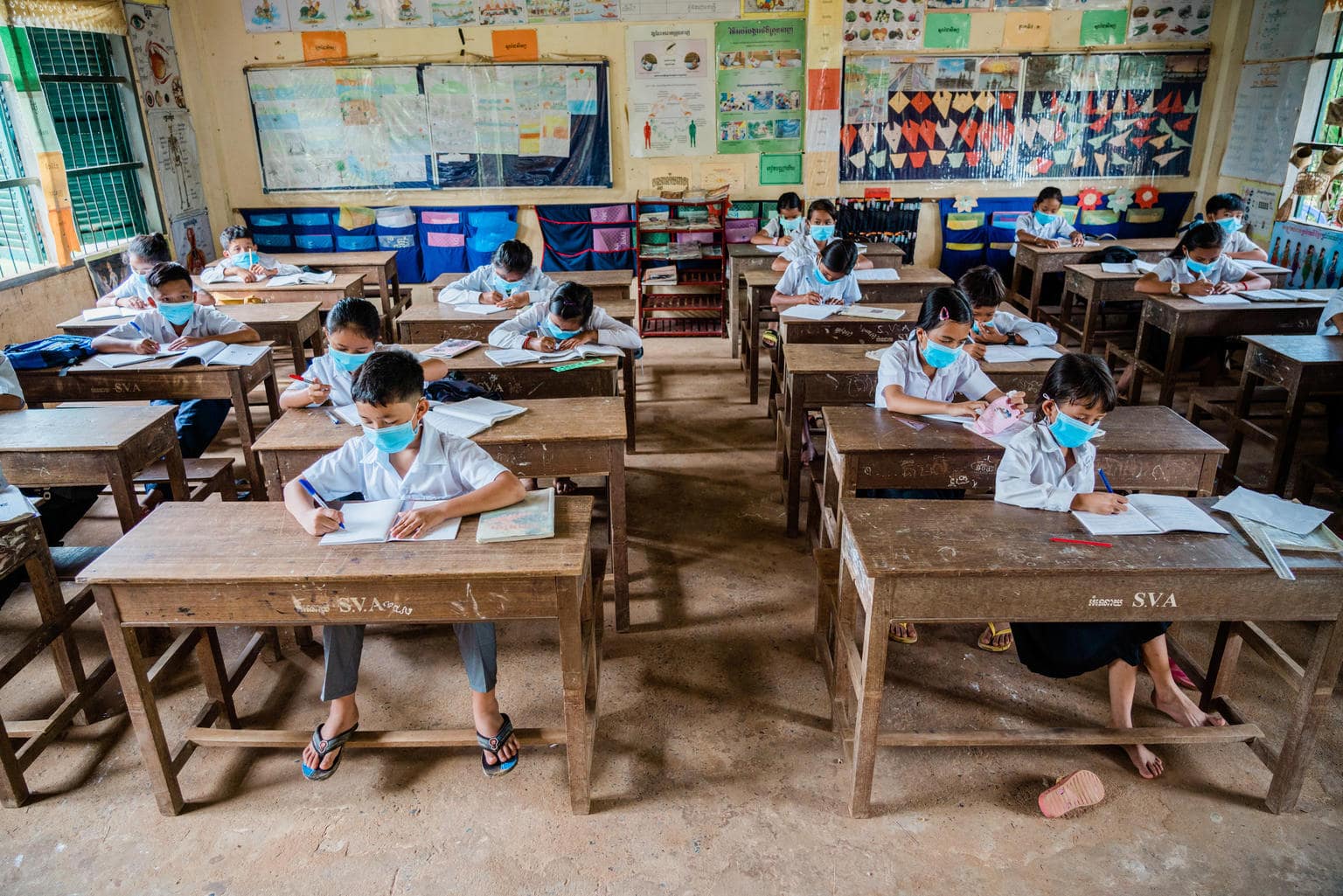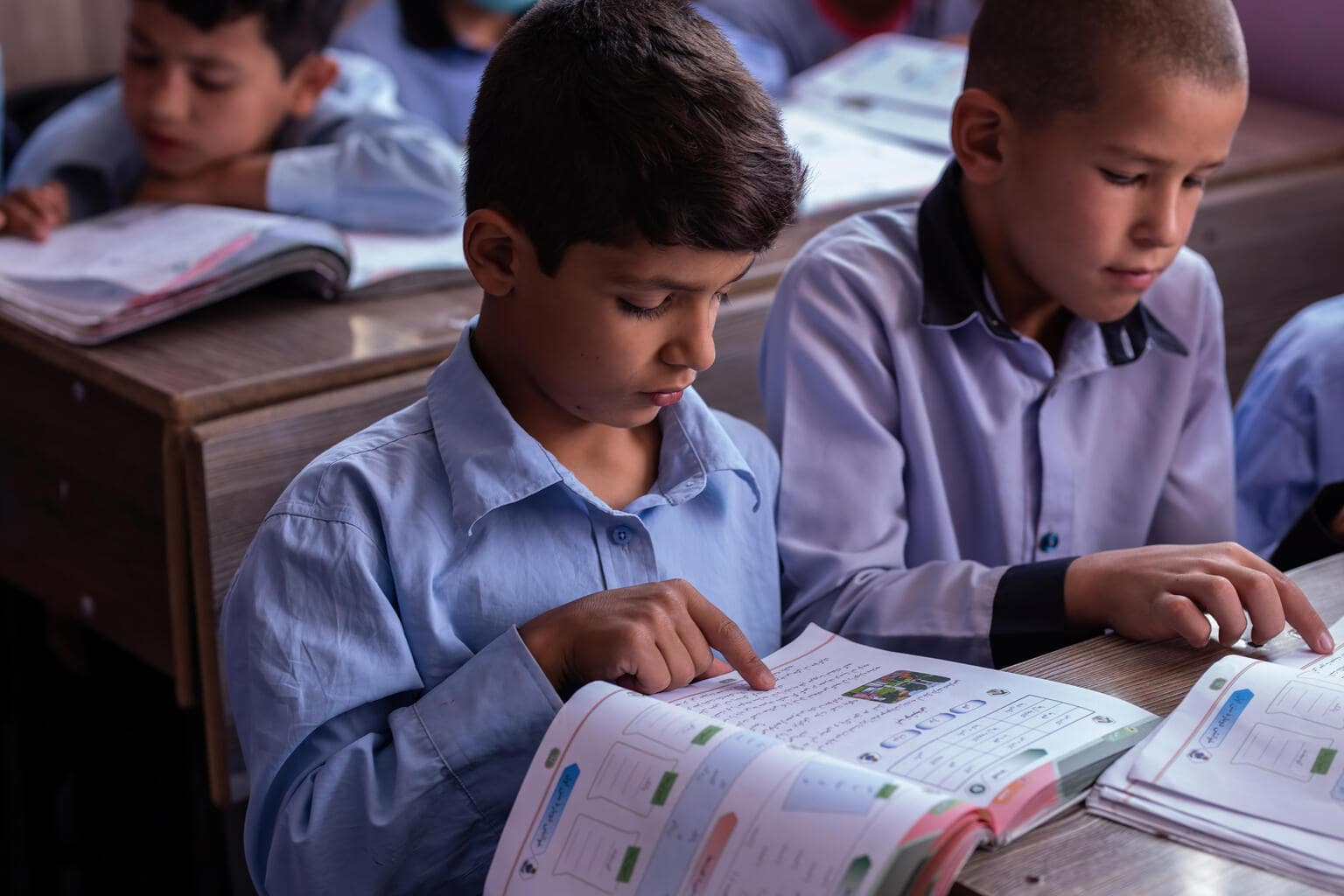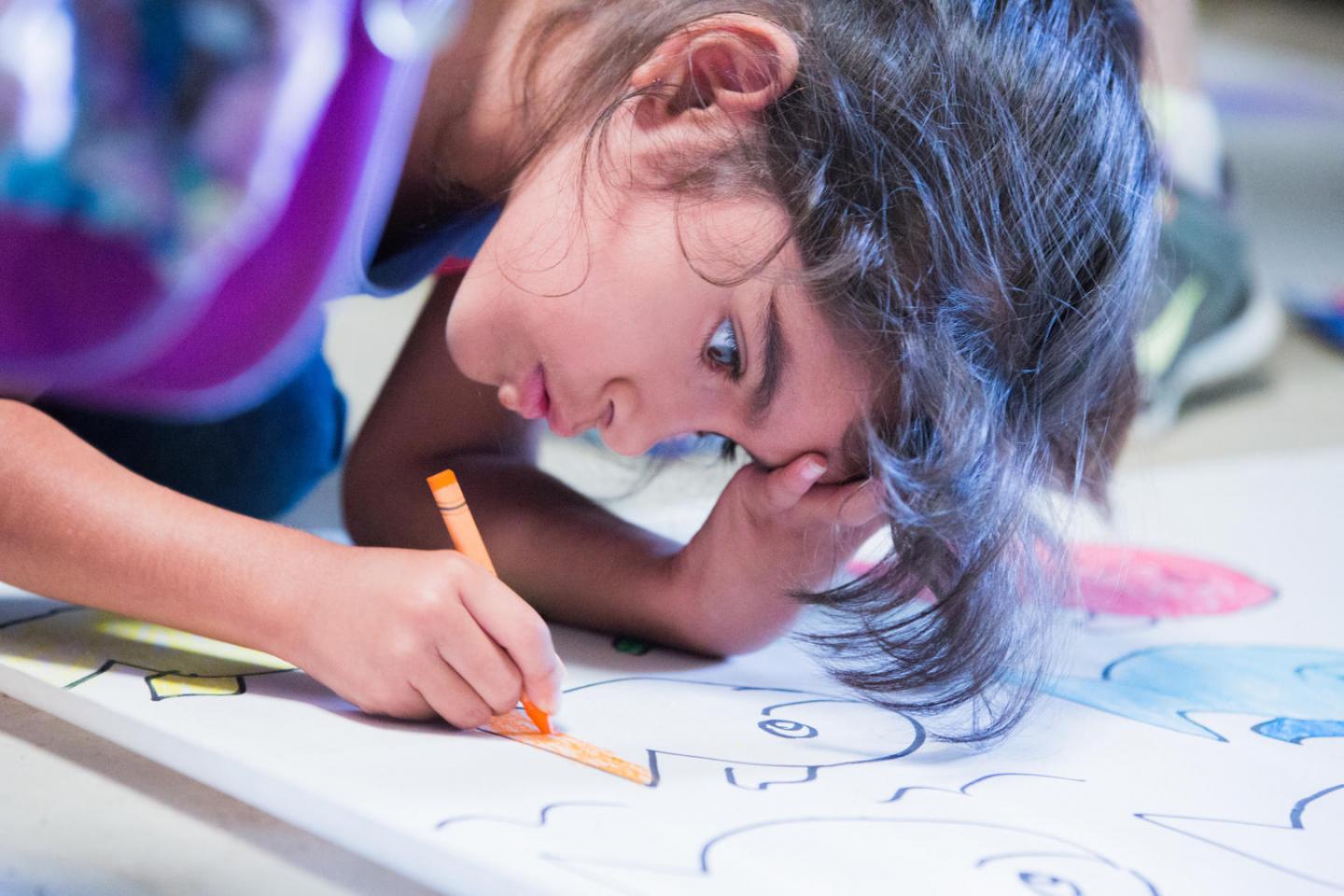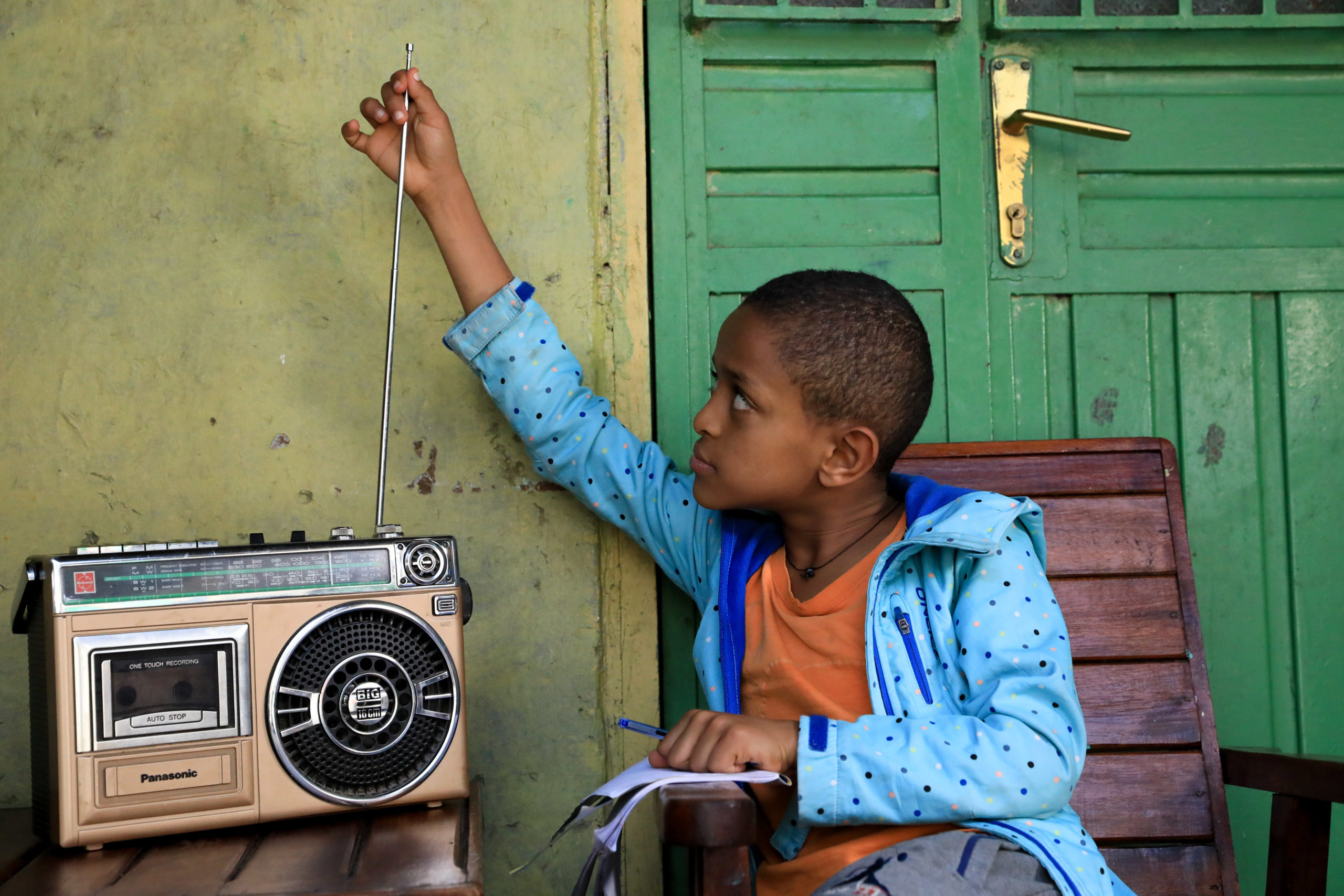How are children progressing through school? Education Pathway Analysis

Although 92 per cent of children globally have ever entered primary school, over 40 per cent of these students do not make it to upper secondary school. Instead, they either drop out of school, fail to transition to the next level of schooling, or remain in a grade lower than is appropriate for their age. What happens to children who enter primary school? Where does their education tend to go off path? Are children not completing primary school? At what point do children drop out of school?
These questions can now be answered, thanks to a new UNICEF Education Pathway Analysis dashboard, which tracks the educational progression of adolescents of upper secondary school age (aged 15 to 17 years) in 103 countries and territories. The dashboard uses data from the Multiple Indicator Cluster Surveys, as well as Demographic and Health Surveys, and other nationally representative household surveys to follow children’s educational progress.
The Education Pathway Analysis draws attention to inequities in education, including persistent gender inequalities:
- Global education efficiency rate* is 58 per cent, while in most African countries the rates are below 40 per cent, signaling that most youth in this region do not transition to upper secondary school by the expected age.
- Countries that have a low percentage of children potentially reached by remote learning – including through TV, radio, computers, and the internet – are also those that have a small share of youth reaching upper secondary school by the appropriate age. As the pandemic lingers, these youth’s educational progress may be stalled even further unless remote learning access is improved.
- Only 28 per cent of children from emergency countries complete lower secondary by the expected age, compared to 69 per cent of children from non-emergency countries.
- Economic inequality translates into educational inequality, as twice the share of children from the richest families (74 per cent) transition to upper secondary at the appropriate age as those from the poorest families (32 per cent).
- In Afghanistan, half of girls never even enter primary school, and only 22 per cent make the transition to upper secondary at the appropriate age, compared to 39 per cent of boys.
*Education efficiency rate: the share of children who transition to upper secondary at the aged expected for that grade, divided by the share of children who ever enter primary school


